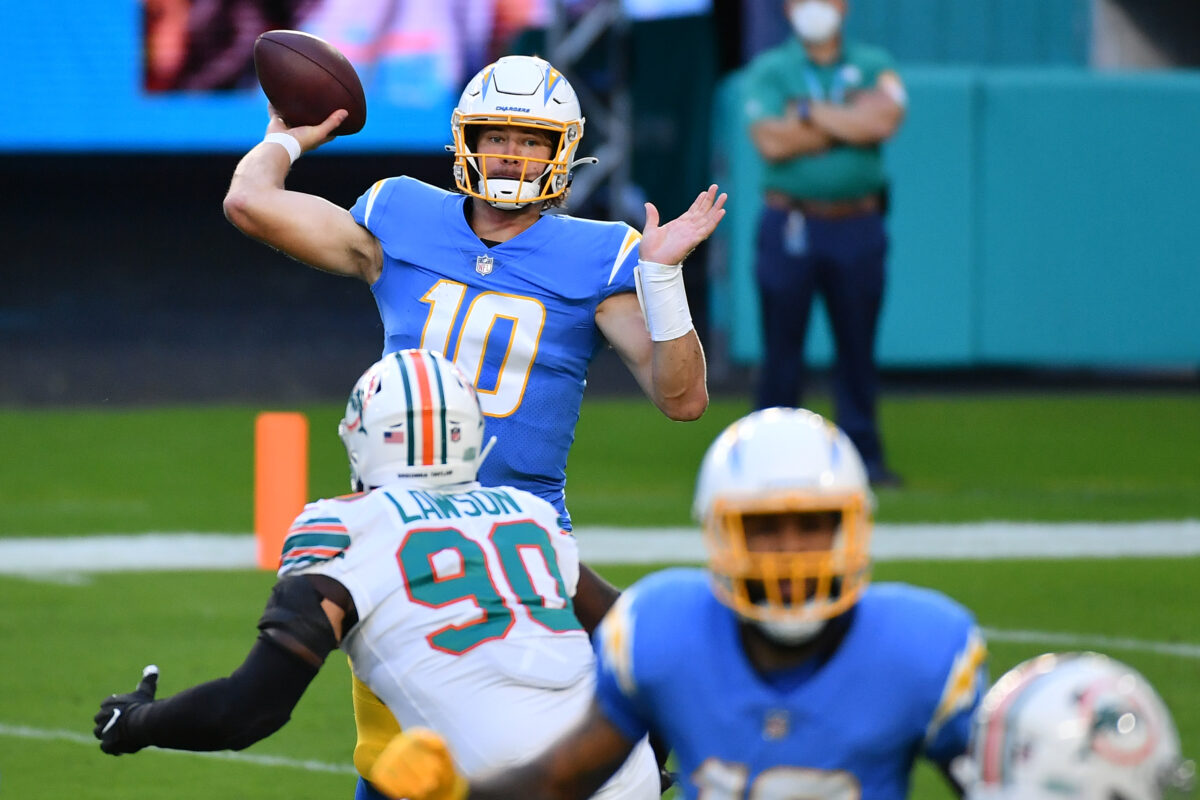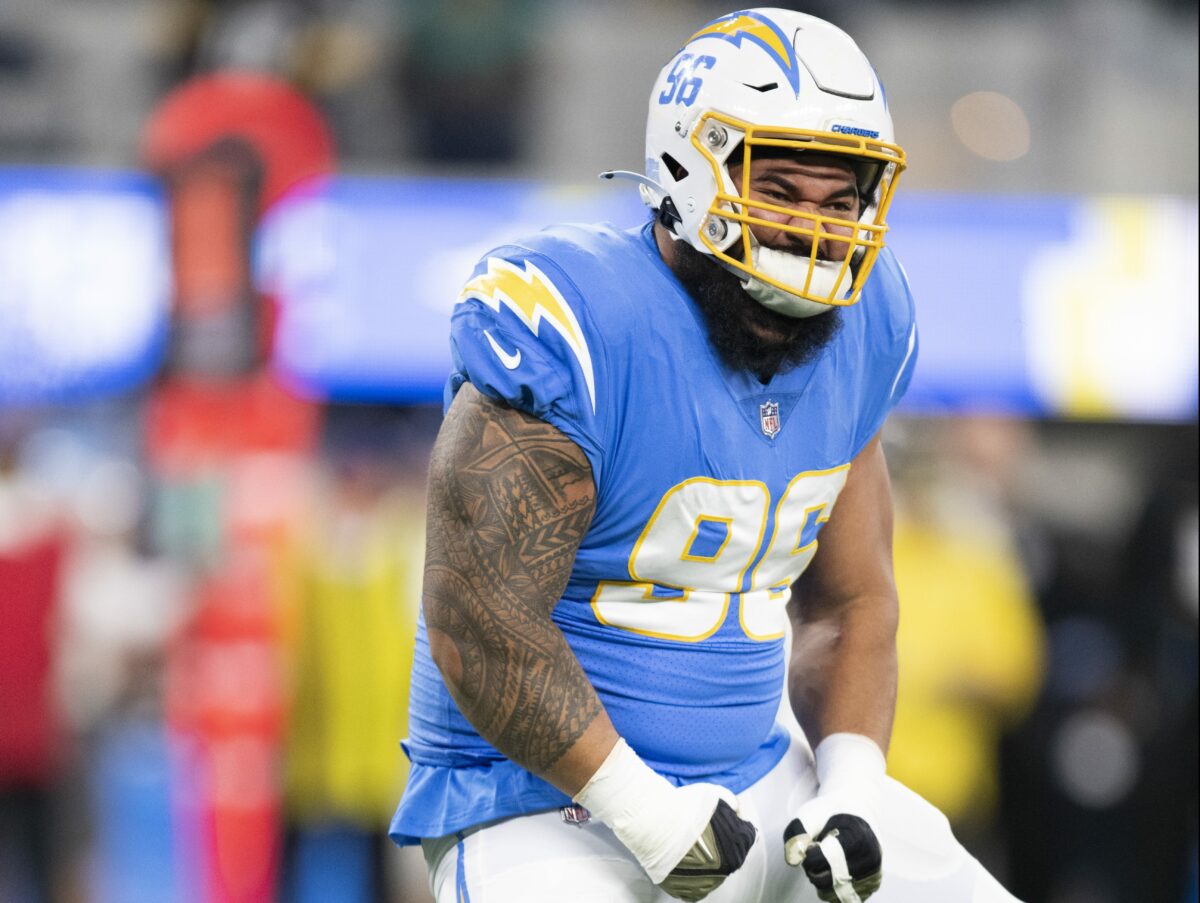Derwin James talked extensively about the Chargers’ run defense and how it can improve. It’s something that Brandon Staley and the defensive coaching staff have stressed this offseason.
Just everybody understanding what they’re doing and going out, playing hard. Like I said, we know the elephant in the room that we know we have to fix. We’re going to get that fixed.
During training camp, Joey Bosa mentioned that he gained about 20 pounds in the offseason to make stopping the run a bigger priority. James, Bosa, and Khalil Mack will be integral to that effort. The defensive line will be critical as well. But for James, the implementation of the run scheme extends past the first level of the defense.
I feel like, overall, when you look at run defense, people be like, ‘Oh, it’s just the D-Line.’ I just feel like our corners understand more, whether it’s Zont [Asante Samuel Jr.], Mike [Michael Davis] or J.C.— even me. I’ve gotten better with some of my fits. Everybody understands the collective that it’s going to take everybody out there playing the run defense right.
It is a usual reaction by fans to point to the defensive line when the Chargers’ defense is getting gashed, but what James said is important. It’s about all three levels of their run defense working together to stop the run. There were missed tackles in the secondary last year that turned four or five-yard runs into much bigger plays. If the secondary understands the run fits better now, that’s a significant improvement for LA’s defense.
Like what Staley said at points this offseason, James also mentioned preventing lamented “explosive runs.”
I feel like, in spurts, we’ve stopped the run well, but I feel like when you give up those two to three explosive runs, whether it’s 20 yards, 30 or 40 yards, it really hurts your average. It really hurts how the day is going. Being able to stop them every play, win those downs and get those negative plays, I feel like that’s what’s going to help our overall run defense.
As James indicated, allowing those explosive runs certainly hurt their average. The Chargers gave up a league-high 5.4 yards per carry as a rush defense last season.
The Bolts were a particularly bad third-down defense last year regarding getting off the field. It’s not coincidental that their best overall defensive performances from last season were games like San Francisco and Miami, where explosive runs were limited at a high level.







